Writing
What I learned about sampling in the Service Jam
What I learned about sampling in the Service Jam
Guide to dirty and quick sampling in user research
March 6, 2020
|
4 min read
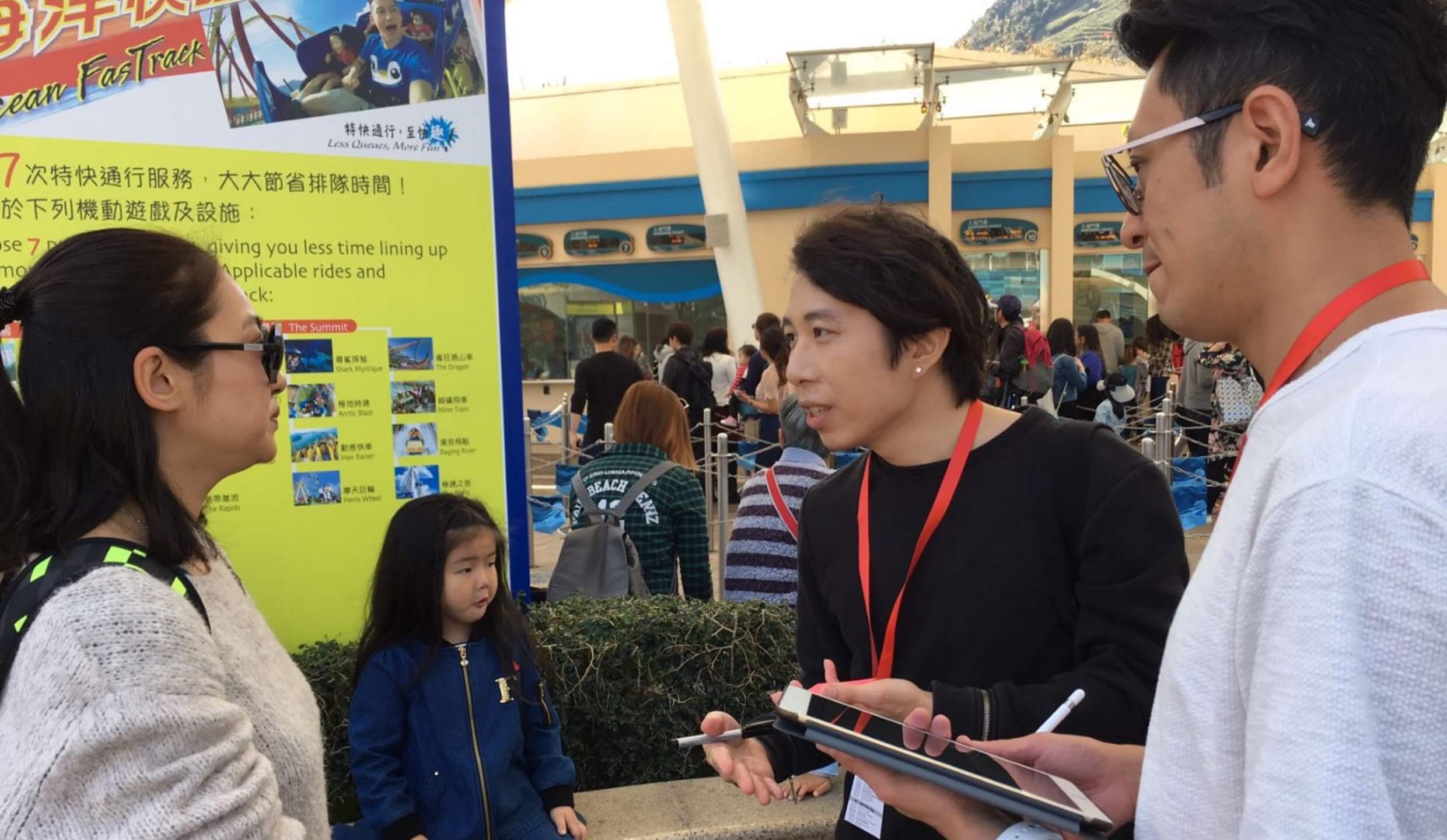
Sampling is important because it determines what data you could collect.
I hesitated. I struggled. This was how I felt before committing to the 48-hour Global Service Jam. But I am glad that I joined. I am glad not just because my team #nomoreBS won but I had fun, got inspired and LEARNED.
The problem
We were trying to solve a universal problem in workplace — How to motivate your team?
Our solution
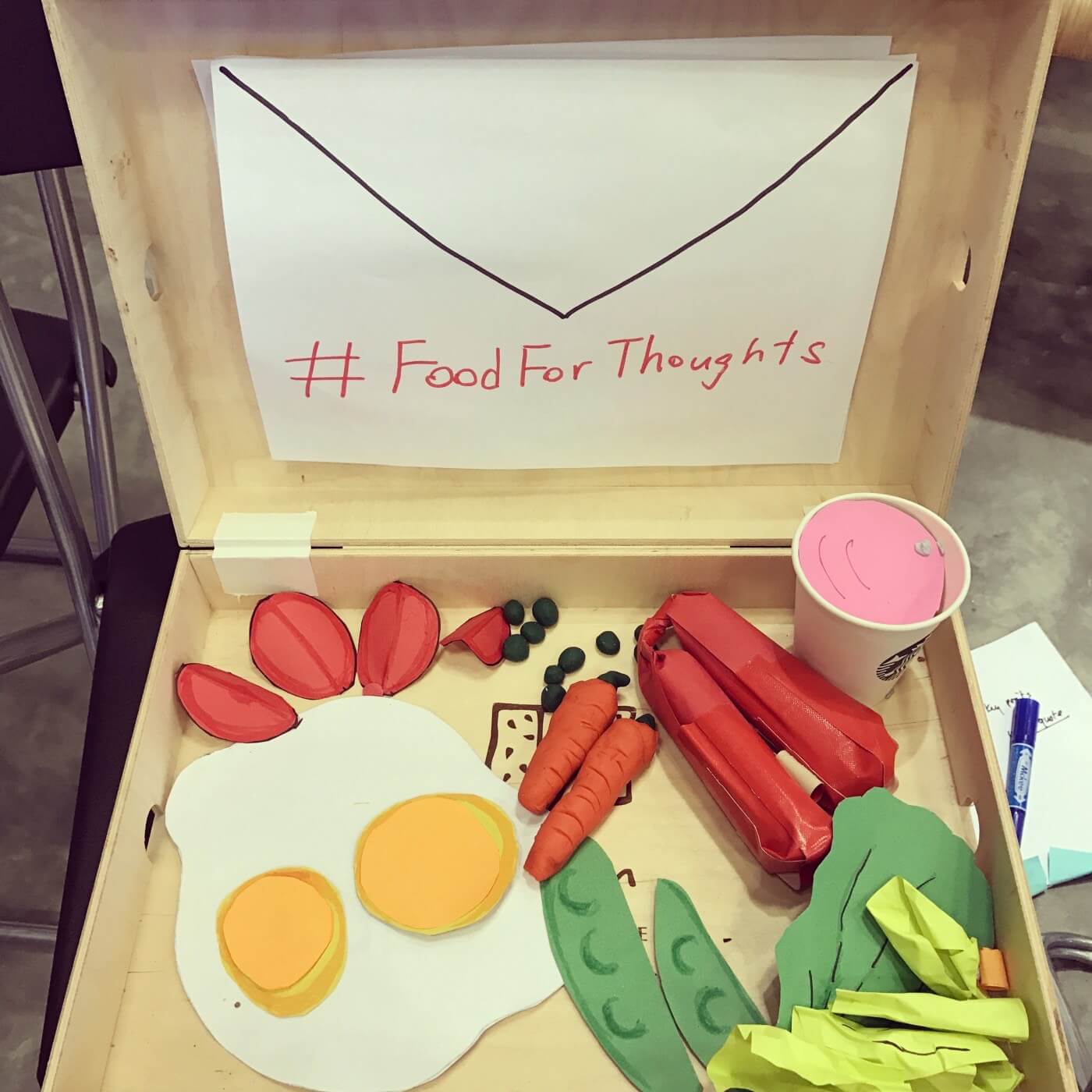
Our handmade prototype for HELLOBOX.
After 6 rounds of iterations, my team came up with our final product, HELLOBOX — a meal plan that offers care and development for your team. Our idea is simple. If you subscribe to our plan, your team could get regular balanced meals plus our tailor made coaching service for your team. I think one key reason why the judges like our idea is because they, as team leads, are interested in using the services for their teams.
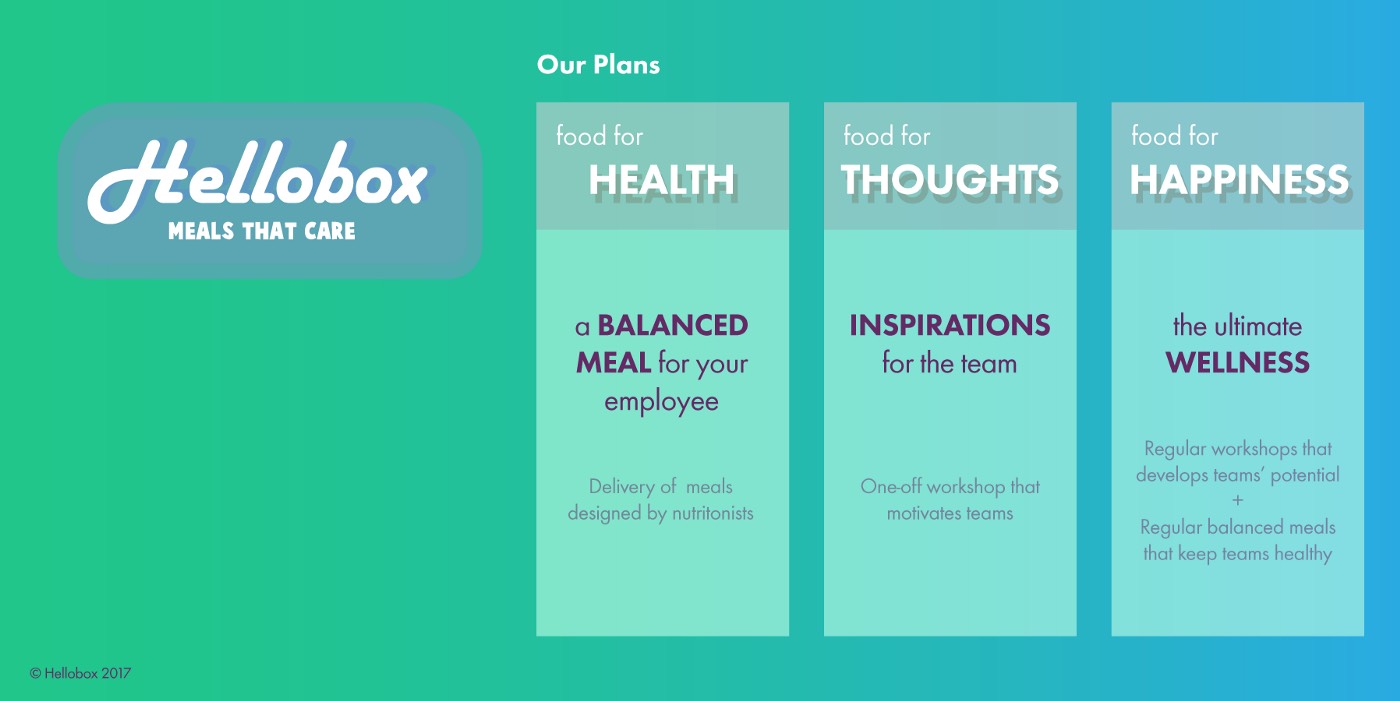
HELLOBOX offers 3 different plans that meet teams’ need to stay healthy and motivated.
Sampling matters
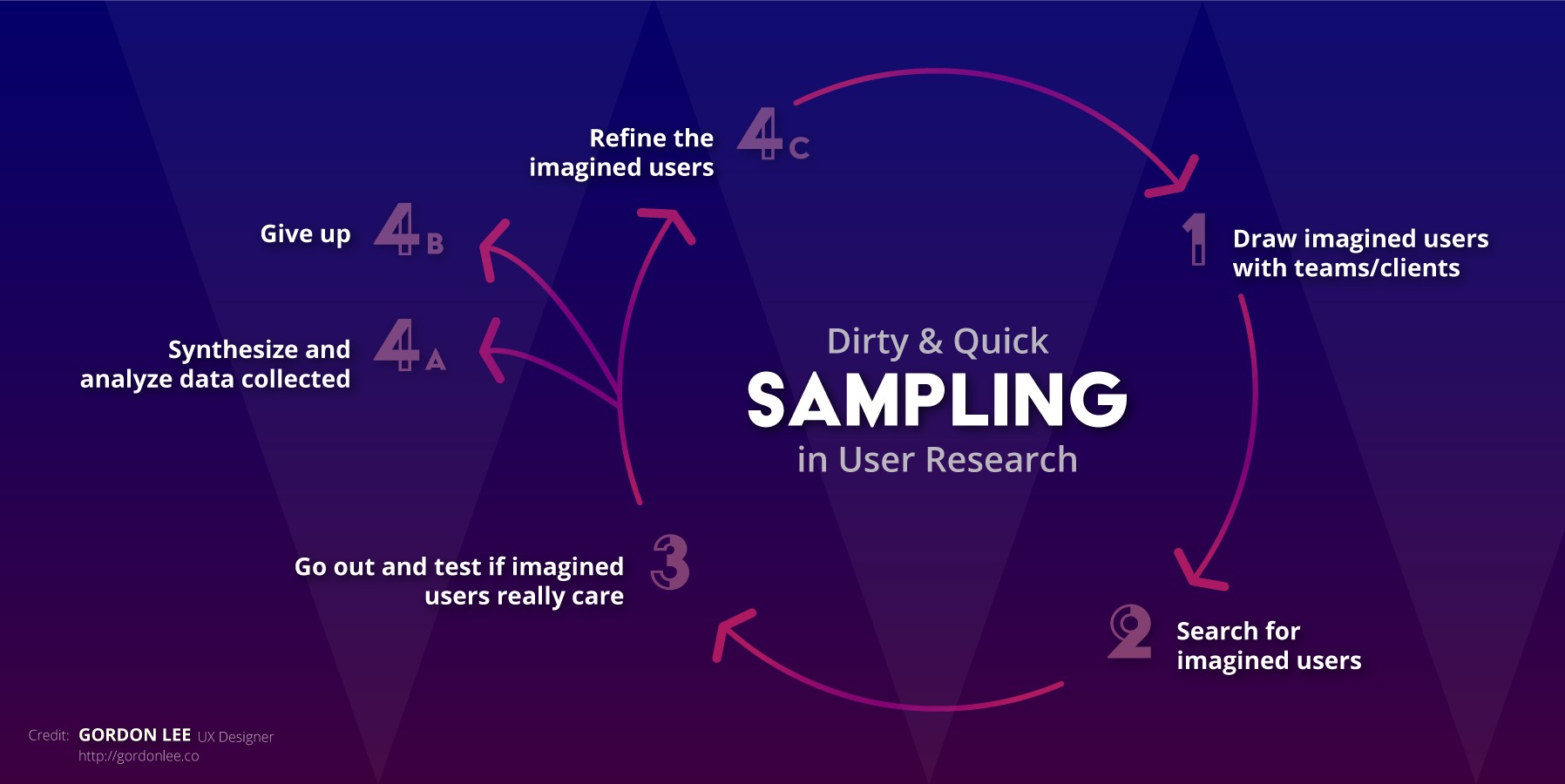
Anyway, this is not what I want to talk about. There is only one thing I would like to share — How to do sampling.
So what is sampling? Sampling is basically the way you select your participants in user research. Sampling is important because it directly determines what data you could collect. In academic research, random sampling is seen as the ideal sampling method to make sure that the sample is not biased. However, you need a sizable sample size to make random sampling work, which is almost impossible in a business setting. So how should we do sampling given that we have limited time and resources?
So what is sampling? Sampling is basically the way you select your participants in user research. Sampling is important because it directly determines what data you could collect. In academic research, random sampling is seen as the ideal sampling method to make sure that the sample is not biased. However, you need a sizable sample size to make random sampling work, which is almost impossible in a business setting. So how should we do sampling given that we have limited time and resources?
Prove if your imagined users care
Some suggest that we should never start with any assumptions about your target customers. I doubt this. Everyone has an expectation. Even if you say you don’t, your head is still expecting something. With an initial central question of “eating healthy while dining out”, our team went to the street to talk to random people. It turned out that none of them really cared about healthy diet when eating out. So technically there is not a problem! But seriously? Is that true? As a vegetarian, I don’t believe this. The problem lies in the sampling method. If all the 7 people we talked to were vegetarians like me, or food allergy sufferers, or body builders, the data would have been very different.
Start with your imagined users
A better approach is to get all your teammates, and your client/boss to voice out who are the users in their expectations. Once you agree on who to target, go out and talk to them. As a user researcher, your job now is to prove if this group of target users really care. If not, you have to refine your expectations and search for another group.
If you could persuade “the Difficult” users, that means your product’s gonna rock.
It is very common for someone to expect everyone to be the target users. In that scenario, reframe your question. You should instead ask them “who do you think would be most interested in your products” and “who do you think would be your first user”. The two questions are similar but different. Being interested does not mean that you will adopt a product in the first phase. Users may be interested but remain hesitated to try, I call this group “the Difficult”. Compared with “the Easy”, they are much harder to please and be convinced to use a new product. However, if you could persuade them, that means your product’s gonna rock. When we first tested our prototype of corporate healthy breakfast plan with design team leads, the idea was well accepted. This is not only because our idea is good but also because who we tested are “the Easy”. As team leads in the creative industry, they are eager to try new things and most importantly, the money spent on our breakfast plan does not directly come from their pockets. The feedback from bosses was a different story, it’s much harder to convince them to buy our service as they need to know how much could they get in return by subscribing the plan. They care much more about the benefits in addition to colleagues’ health. In response, we expanded our idea of daily inspiration into coaching activities, which we believe would be something that really interest “the Difficult”.
Doing sampling right is important
In short, sampling is important. Get it right or else the time you spent on user research would be wasted. I am glad that I was in the Global Service Jam and learned about this.
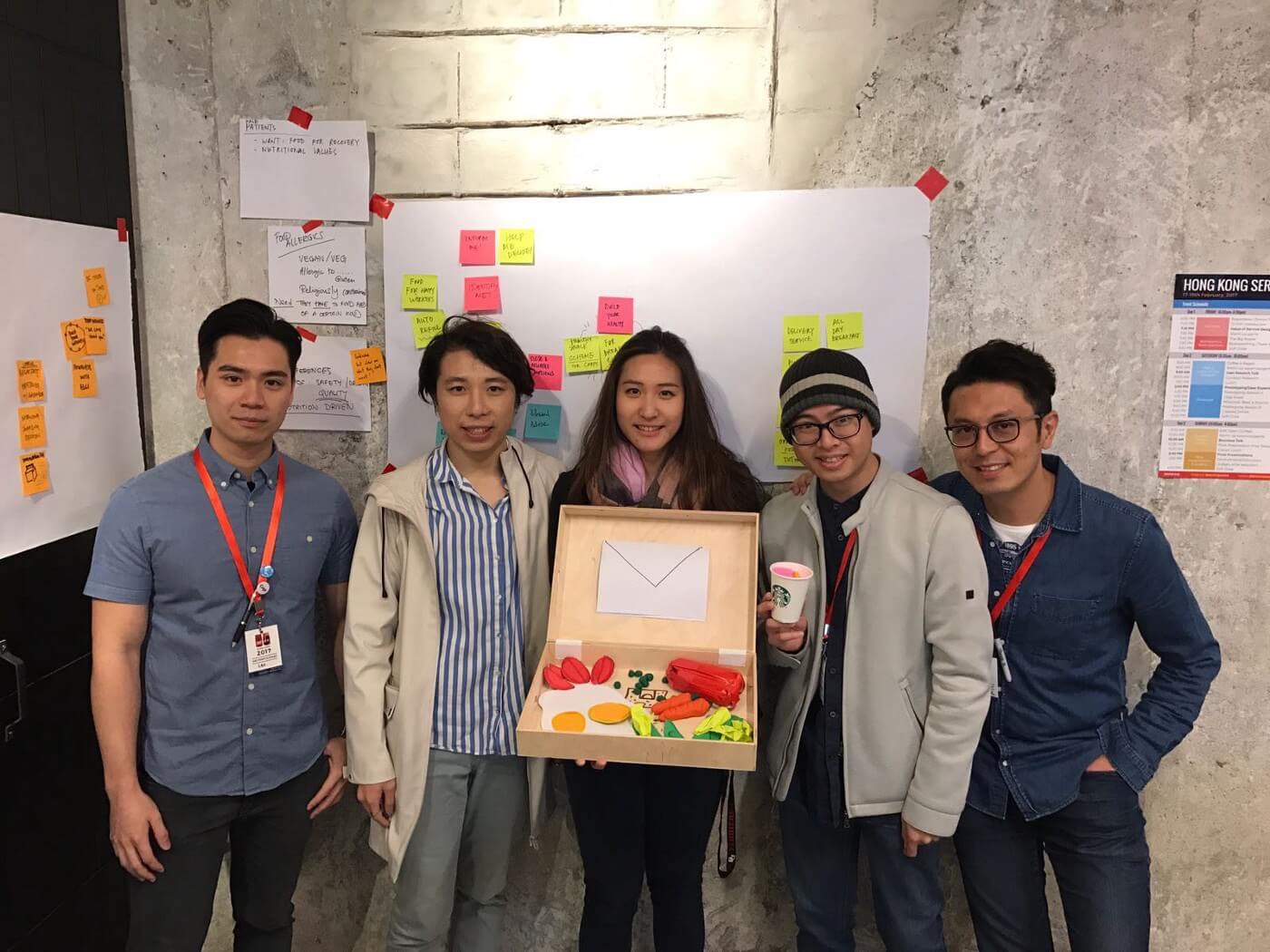
Our team #nomoreBS and our prototype HELLOBOX.
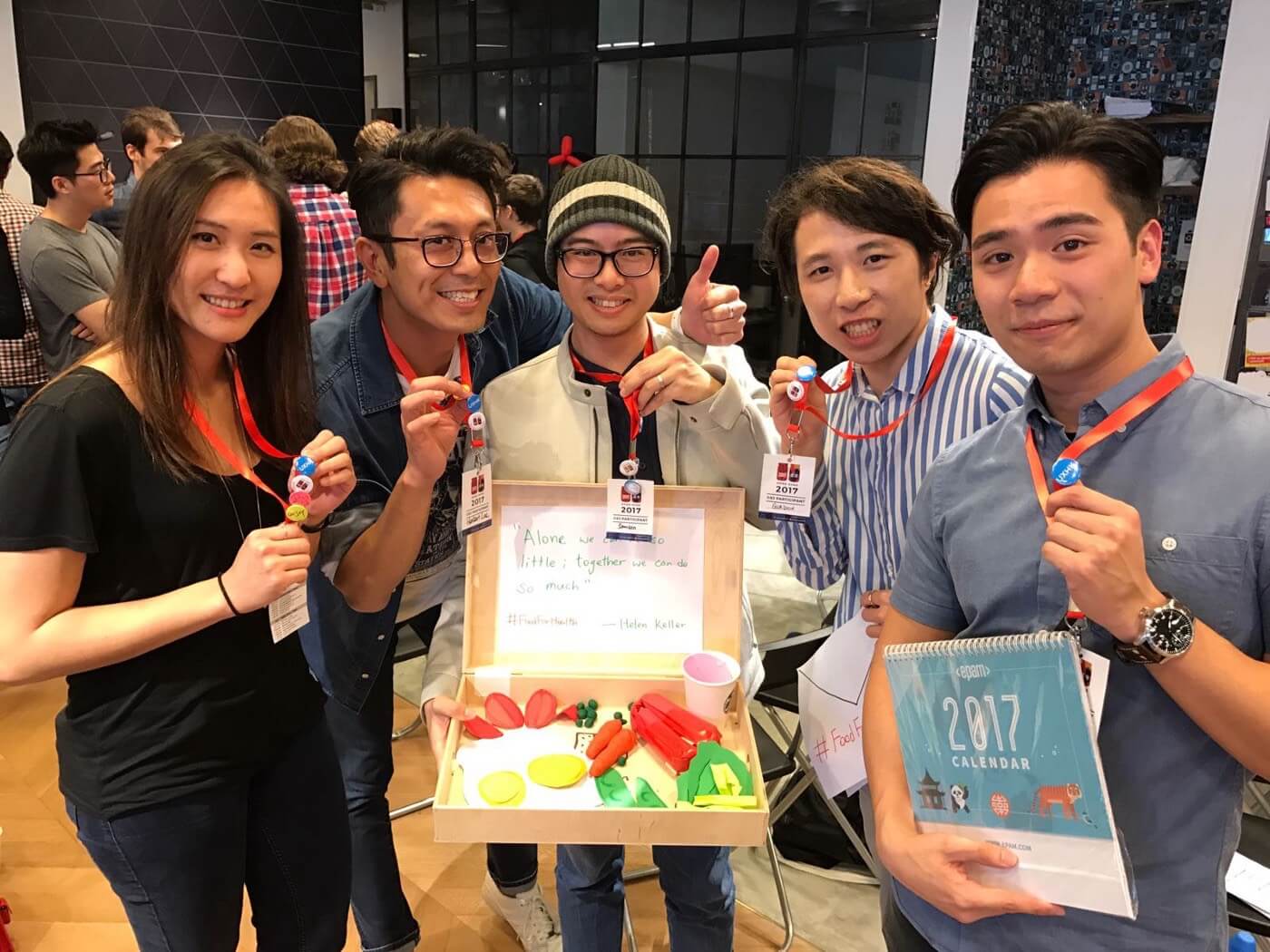
Our team won the Best Design in Global Service Jam HK.
Thank my team for the fun collaboration. Thank all the mentors for the tips. Last but not least, thank all participants for your valuable feedbacks that make HELLOBOX great.
This article was also published on Medium.
Read on Medium
